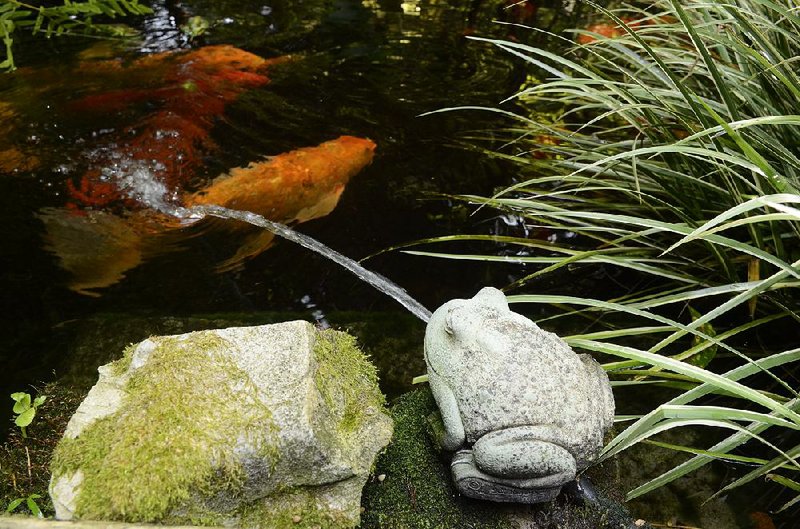Why are frogs' tongues so good at catching insects? Are they covered with tiny suction cups or what?
Alexis C. Noel, a student in mechanical engineering at Georgia Tech, and her supervisor, David L. Hu, were watching a YouTube video in which a frog attacks the screen of a smartphone that's running an ant-smashing game. It appears to be winning.
They started wondering how -- in reality -- frog tongues stick to insects so quickly when they shoot out to grab them.
"It's been an adventure ever since," Noel said.
First, the whole frog tongue slap-shot occurs in the blink of an eye, requiring Noel and her colleagues to shoot high-speed video of a variety of frogs at the Atlanta Botanical Garden and Zoo Atlanta.
Then they ran tests on the saliva and the frog tissue.
Noel fondly recalled spending hours at night in the lab scraping tongues from dissected frogs donated by a biology class at the university. "I needed about a fifth of a teaspoon of saliva," she said.
With data on the speed of the tongue shot and retraction, the viscosity -- or stickiness -- of the saliva, and the softness of the tongue tissue, they came up with a computer simulation to test their ideas of what was going on.
What they found was that frog saliva, which is normally 50,000 times stickier than human saliva, flows freely when it hits an insect.
That makes the saliva a non-Newtonian fluid, which means that the speed at which it flows (to be precise, its shear rate) changes how viscous it is.
In the case of frog saliva, the faster it is forced to flow, the looser it gets. When the frog tongue hits a cricket, the saliva becomes 100 times less viscous and flows around the cricket into every little crevice.
By the time the frog starts to pull its tongue back, in a much smoother and slower motion than the body slam attack, the saliva has gotten thick and sticky again and the tongue has wrapped all around the cricket.
There is one more step. The frog has to get the cricket unstuck and into its stomach. What helps here is that frog swallowing involves retracting its eyeballs -- so violently that it loosens up the saliva again.
The researchers published their findings Feb. 1 in the Journal of the Royal Society Interface. The introduction to their report notes, "There are over 4,000 species of frog and toad that use a sticky, whip-like tongue to grab prey faster than a human can blink. There is no known commercial mechanism that can match the grabbing speed of the frog tongue, let alone adhere to a highly textured surface like a fly.
"One may think that the frog tongue succeeds in capturing only lightweight prey; however, the frog tongue can pull up to 1.4 times the frog's body weight."
Hu said the detailed understanding of how the process worked had obvious applications for the growing field of soft robots made of very flexible materials.
Not that they will have tongues, but they may need to grab and release -- who knows what -- with appendages more like tongues than metal claws.
Noel said her research was "all about how you grab things with very soft surfaces."
She is also studying cat tongues, for instance. They are covered in tiny little curved spikes, like claws, which, oddly enough, are very good at detangling snarls in fur.
Non-Newtonian fluids are called that because they don't fit a theoretical description of an ideal fluid suggested by Isaac Newton in the 17th century. Theoretically, the behavior of an ideal fluid would not be affected by shear strain or shear stress; for instance, water doesn't become more watery if you bang its container. But the non-Newtonian fluid ketchup does.
Non-Newtonian fluids include other common substances like blood and honey. Cornstarch mixed with some water is another; it reacts differently from frog saliva, becoming so thick it's almost a solid in response to strong forces.
Celia Storey added some information to this report.
ActiveStyle on 02/20/2017
